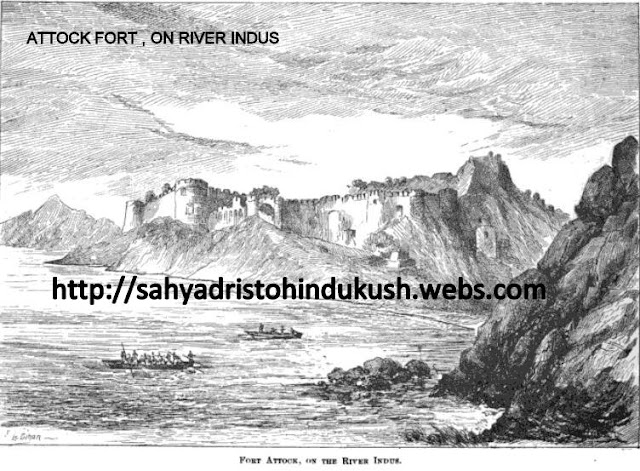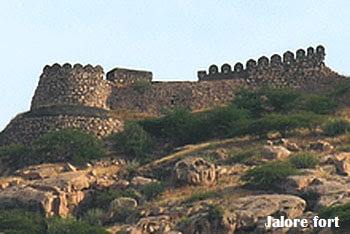Well , so why did I choose to write on such a topic .
I have always liked to trek , hike and roam in the Sahyadri mountains of my native state – Maharashtra . These hills , full of forts and steeped in history , sparked my interest in the subject. I like to read about history , about wars and battles fought long back as a leisure activity . Out of this hobby was born a wish to write a book myself !
Actually , I started off wanting to write a story
I have always liked to trek , hike and roam in the Sahyadri mountains of my native state – Maharashtra . These hills , full of forts and steeped in history , sparked my interest in the subject. I like to read about history , about wars and battles fought long back as a leisure activity . Out of this hobby was born a wish to write a book myself !
Actually , I started off wanting to write a story
based on an ‘alternate history’ . A ‘what if’ scenario centered around ‘what if the third battle of Panipat had not happened ?’ . What would history be like if the Marathas had continued their northward push ? . As I researched the subject however , I found that there is much to be discovered in the factual history itself ! . That the real story of the rise of the Maratha empire is a fantastic , unique and largely unknown story in itself !
There is a term in Marathi , used to denote achievement , which translates as ‘ carried flags beyond Attock’ . What connection does the language and the people have with a town on the Indus , deep inside present day Pakistan ? What relation does a city have which rhymes with Attock , but is on the Mahanadi – Cuttack ? This book has come out of an endeavour to find answers to these questions . It has been a journey of over two years ,which has taken me back in time to the 1740’s and 1750’s , when our long dead historical personalities were alive and the Shaniwarwada , forts at Satara and Panhala and the Red Fort at Delhi were living , breathing places .
When reading about the Marathas in mid 18th century , we are bound to come across Ahmed Shah Abdali .Who indeed was this person ? The answer has been another beautiful journey , possible only on the world wide web ! I have made a virtual tour deep inside Khyber Pakhtunkhwa and Afghanistan . From the chilly autumn of Kandahar and through the fabled Khyber Pass to the Qissa Qahani bazaar of Peshawar , I came across , and was generously helped by Pashtuns from these distant and mysterious places , which we have heard about only in stories !
This then , is a story of victory . Written by an avid reader , trekker and history buff .
' Sahyadris to Hindukush ' is a historical novel .
There is a term in Marathi , used to denote achievement , which translates as ‘ carried flags beyond Attock’ . What connection does the language and the people have with a town on the Indus , deep inside present day Pakistan ? What relation does a city have which rhymes with Attock , but is on the Mahanadi – Cuttack ? This book has come out of an endeavour to find answers to these questions . It has been a journey of over two years ,which has taken me back in time to the 1740’s and 1750’s , when our long dead historical personalities were alive and the Shaniwarwada , forts at Satara and Panhala and the Red Fort at Delhi were living , breathing places .
When reading about the Marathas in mid 18th century , we are bound to come across Ahmed Shah Abdali .Who indeed was this person ? The answer has been another beautiful journey , possible only on the world wide web ! I have made a virtual tour deep inside Khyber Pakhtunkhwa and Afghanistan . From the chilly autumn of Kandahar and through the fabled Khyber Pass to the Qissa Qahani bazaar of Peshawar , I came across , and was generously helped by Pashtuns from these distant and mysterious places , which we have heard about only in stories !
This then , is a story of victory . Written by an avid reader , trekker and history buff .
' Sahyadris to Hindukush ' is a historical novel .











